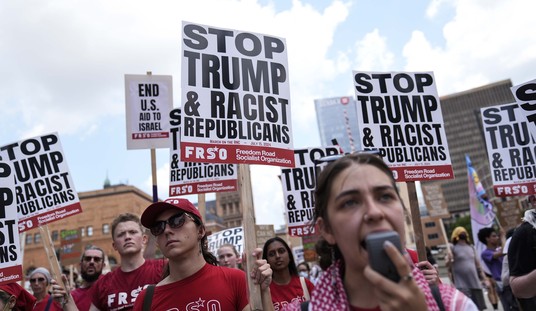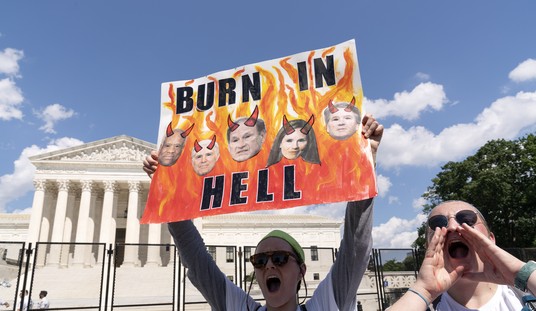According to Wikipedia, the term “warrior monk” may refer to:
- Sōhei, a type of Japanese warrior
- Knights Templar, Knights Hospitallers and Teutonic Knights, warriors during the Crusades
- Shaolin Monastery, a Chinese monastery renowned for monks who were experts in the martial arts
- The description of the ideal soldier in the manual of the First Earth Battalion
It may also refer to any of a number of recent Hollywood movies. After all, who doesn’t want to go through life with the Holy Book in one hand and an automatic weapon in the other, preferably through a post-apocalyptic landscape? Or alternatively, to go to the Sudan and save the kids from both Satan and the murderous militias?
Well, the Huffington Post doesn’t for one. It seems to take the rather modern view that instruments of violence and children should never appear in the same frame. Certainly “men of God” should not be in the business of putting the both in close proximity.
Check out the poster for “Machine Gun Preacher,” an upcoming biopic starring Gerard Butler as a drug dealer/gang biker/real live bad person-turned-evangelical Christian named Sam Childers, who upon finding God goes to Sudan to save the Childers. Doesn’t Gerard look effective guarding a machine gun in one hand and a doe-eyed boy with the other? By the looks of that tiny swathe of space between the gun and the boy, this is clearly a man who knows what children need. Great job, “Machine Gun Preacher” team! Nothing says “Hope is the greatest weapon of all” like your tagline.
But whatever the cinematic merits of the movie and the actual merit of Sam Childers may be, the absolute wall between the sacred and the martial is of fairly recent construction. For most of human history (and one would argue even today, were histories not hidden) violence was part of daily life and religion had to speak to it. Those preachers moved through war, famine and upheaval. They had to comfort the victims, guide the survivors and inform the plans of the remainder. The day when they were confined to the churches and penned behind the pulpit, to emerge only at specified times and to sacred music, had not yet arrived.
It is unsurprising that both the Warrior and the Monk are traditional archetypes; and it is still less remarkable that their roles have sometimes been combined. Mohammed, perhaps conscious of his own roles said: “four things support the world: the learning of the wise, the justice of the great, the prayers of the good, and the valor of the brave”.
The “four things that support the world” — notice that Mohammed did not mention the professions of investment banker, union official, social worker or whatever their equivalents in the 8th century bazaars were. But the point is that until recently, both the preacher and death were commonly in the same cultural frame. Until recently the warrior-monk was a well understood part of Western civilization. The Jesuit Joseph O’Callaghan earned the Medal of Honor aboard the USS Franklin after it was hit and nearly destroyed by secondary explosions off Okinawa.
Although wounded by one of the explosions after the attack, Chaplain O’Callahan moved about the exposed and slanting flight deck, administering the last rites to the dying, comforting the wounded, and leading officers and crewmen into the flames to carry hot bombs and shells to the edge of the deck for jettisoning. He personally recruited a damage control party and led it into one of the main ammunition magazines to wet it down and prevent its exploding. For this action he received the Medal of Honor.
An even earlier generation was familiar with types like Francis Duffy, the chaplain of the 69th New York, commanded by ‘Wild Bill’ Donovan. “For his actions in the war, Duffy was awarded the Distinguished Service Cross and the Distinguished Service Medal, the Conspicuous Service Cross (New York State), the Légion d’honneur (France), and the Croix de guerre. Father Duffy is the most highly decorated cleric in the history of the U.S. Army.”
They hailed from a tradition that did not glorify war, or seek it for preference, but who also knew that it existed. Finding themselves in conditions of conflict, they had to help those around them find answers to the basic questions. Why do men live? Why is it worth going on in the face of unbearable tragedy? Does anyone in this universe love me?
And parishioners may find it easier to listen to those who have been through the same hardship and seen the same things because it lends their observations weight. But there is still another reason. Ernest Hemingway, asked why he included the sordid with the uplifting in his stories answered, “all stories, if continued far enough, end in death, and he is no true-story teller who would keep that from you.” By the same token, all true stories about modern-day Sudan will sooner or later include both an AK-47 and a child in the same frame, and it is no true preacher who would hide the fact from you.
“No Way In” print and Kindle edition at Amazon
Tip Jar or Subscribe for $5










Join the conversation as a VIP Member